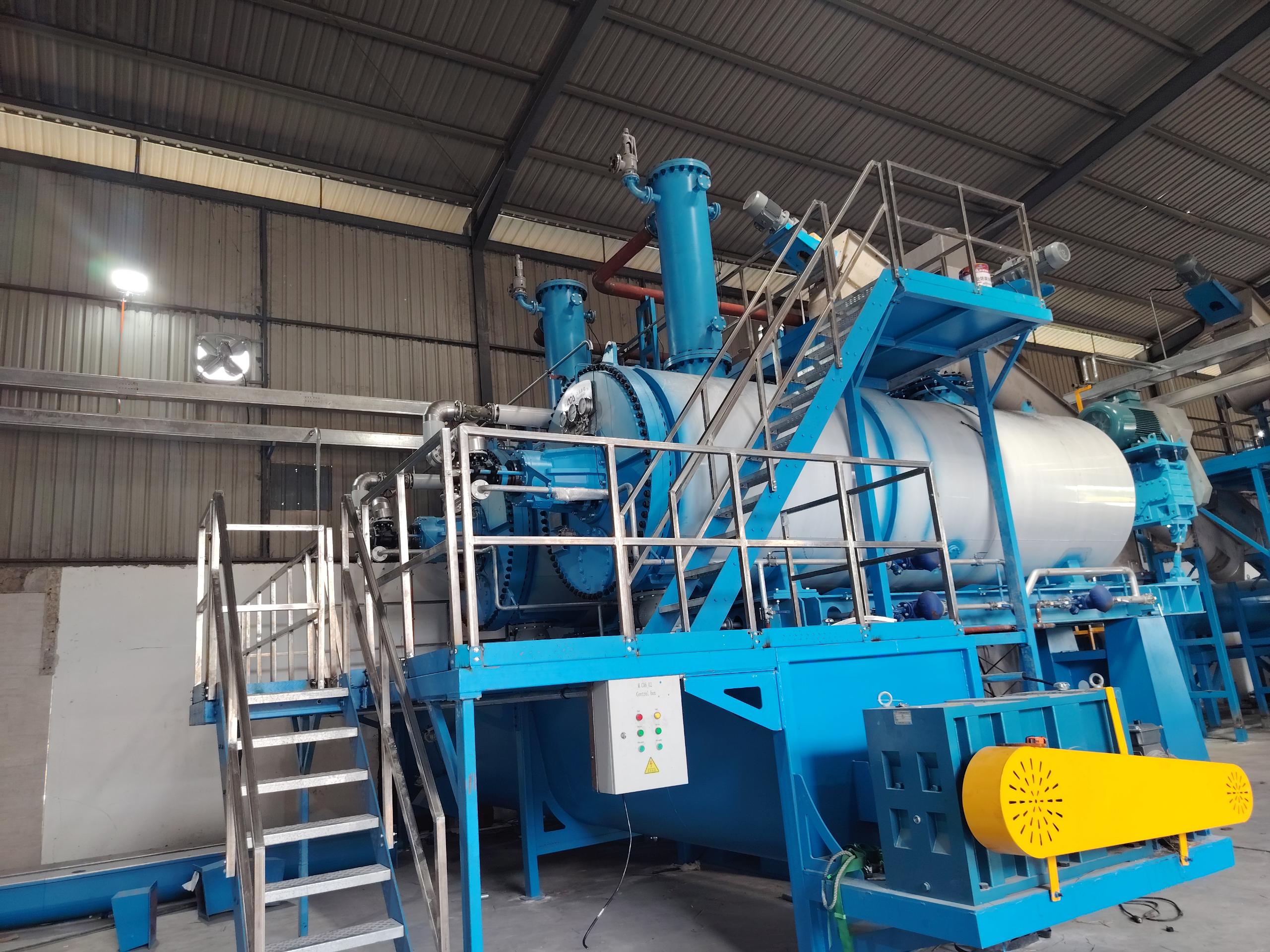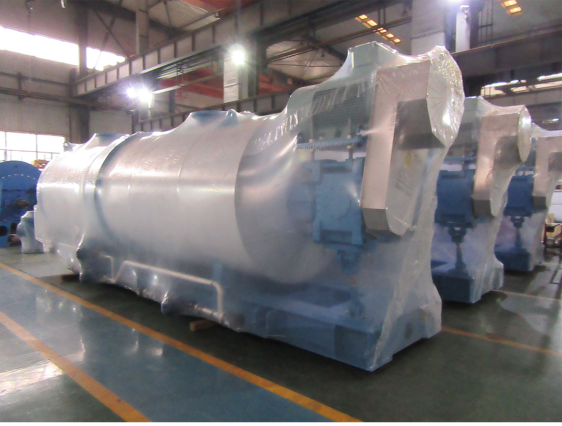
Rendering Industry Analysis Report for Philippines Market
Rendering Industry Analysis Report for Philippines Market
Time flies. Since I entered the rendering industry in 2019, I have deeply fallen in love with this industry. This industry truly makes me feel that sales is the beginning of service and the first step to establish long-term friendship with customers. The Philippines are broadly divided into three main geographical divisions from north to south: Luzon, Visayas, and Mindanao. In Philippines rendering industry, it’s mainly about the poultry dressing plants waste rendering which include chicken feathers, offals, chicken heads, intestines, etc. For the mortality, seldom rendering plants were built.
There are almost 180 poultry dressing plants in the Philippines market. The daily processing capacity averagely is 30,000 birds. Each chicken is 1.6kg-1.8kg. 30 plus poultry rendering plants were built for handling most of the waste from these poultry dressing plants. From this point of view, you will know how important the rendering industry are. In the old times, most of poultry dressing plants has to buy land and then either dig some holes for burying or for Incineration.
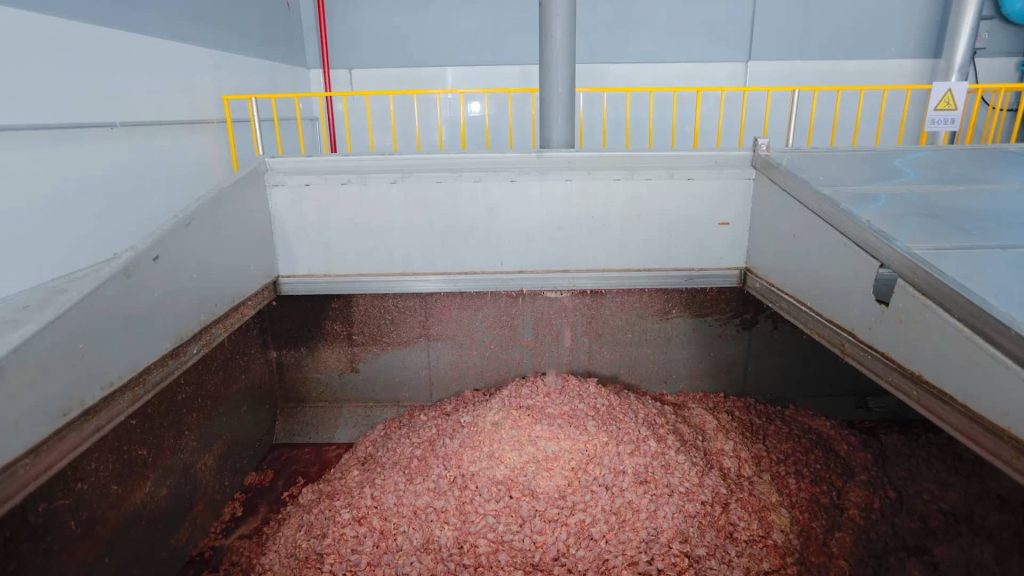
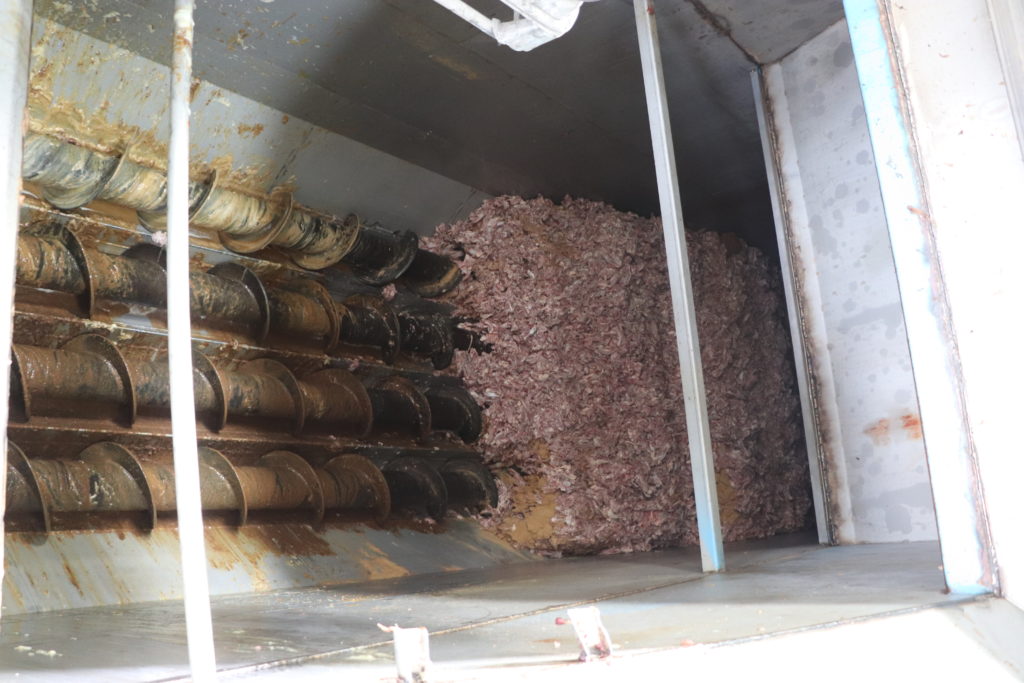
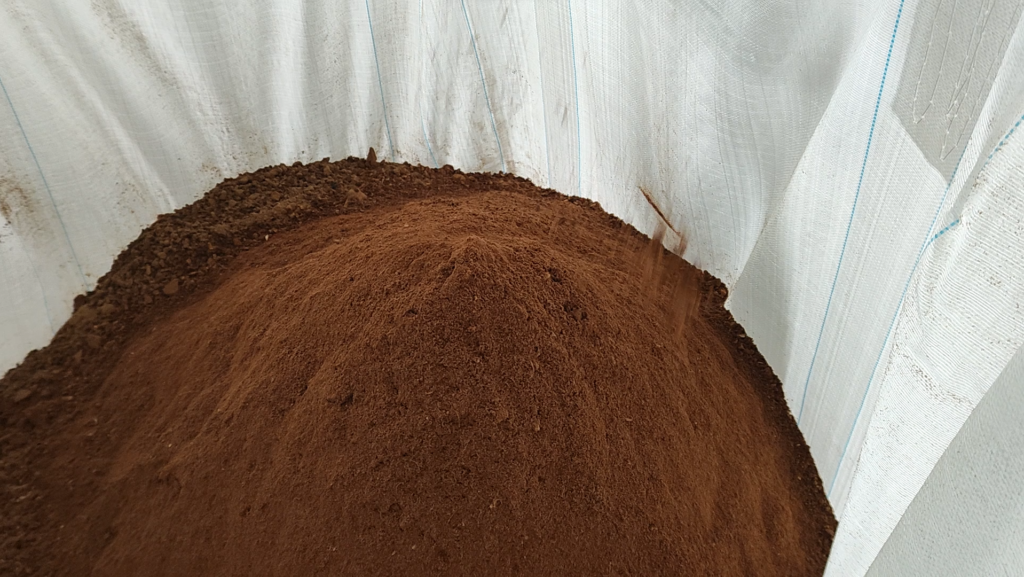
For incineration, the advantage is it can reach thoroughlysterilization. The disadvantage is it will generate a lot of waste gas and incineration residues (including slag and fly ash) which contains heavy metals and should be safely disposed of as hazardous waste.Fly ash must be well stabilized before landfill. If not treat well, it is prone to secondary pollution. For burying, it needs long time to make the feathers decay and it can not do a complete sterilization. The rendering way we are using is the drying method which is a technology that sterilizes the poultry waste and kill the keratin protein by introducing a high-temperature circulating heat source into the inter-layer in a closed high-pressure vessel.The hot steam does not directly contact the processed poultry waste. The process uses high temperature and high pressure. The center temperature of the treated material is ≥ 140 ℃ , the pressure is ≥ 0.5MPa (absolute pressure), the time is ≥4h, and the pressure must be maintained for 30 minutes.The poultry waste is converted into protein powder. This sort of protein powder has a digestibility ability of 86%, contains 75-90% crude protein, has a digestible energy of more than 3200 kcal/kg, and a metabolic energy of 2900 kcal/kg. It is a high-quality protein feed worthy of vigorous promotion and development in the feeds industry. From a poultry waste to a high protein feeds ingredients,from agarbage to a fortune, this brings endless passion to me. It’s not about salary, not about commission. It’s more about we are doing something to protect our mother earth.
But everything has its two sides. It is the same to the rendering industry, especially in Philippines market. As the raw materials are like feathers, intestines, chicken head, it’s easy to have bad odors in the rendering plant. In Philippines, the poultry waste will become bad smell if it’s not treated within 4 hours because the weather is very hot. This is the other part I like the rendering industry- challenge.
The technician team from our company figured out the roots. The odor gas treatment is mainly divided into two steps: waste gas collection and waste gas treatment. Exhaust gas collection is to collect the odor gas discharging from the equipment and inside the production area during processing through the pipeline in an enclosed way. All the equipment designed by Sunrise Environmental Protection Co.ltd are closed design, which can effectively prevent the leakage of waste gas. Each unit has an exhaust gas suction port for collecting exhaust gas from the equipment. For the rendering machines, looks similar from the appearance, but there is big difference in the details. Here are some stories from our clients.
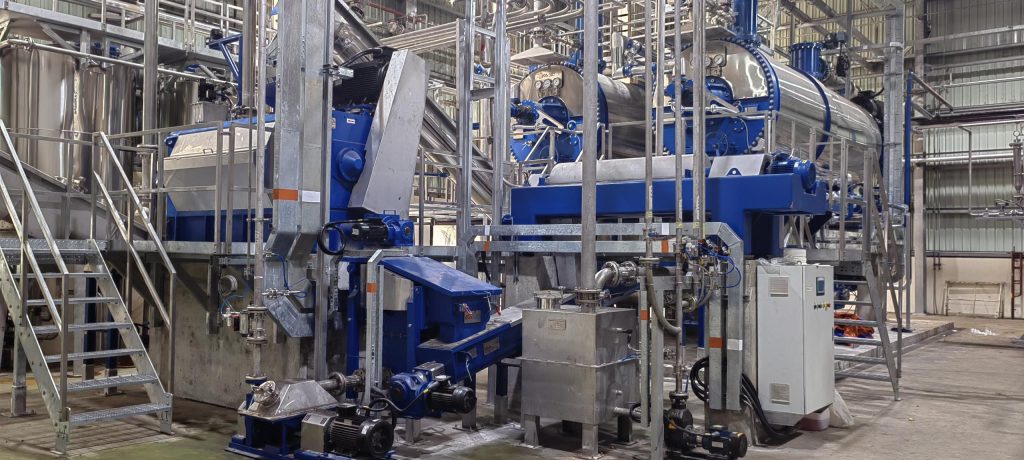
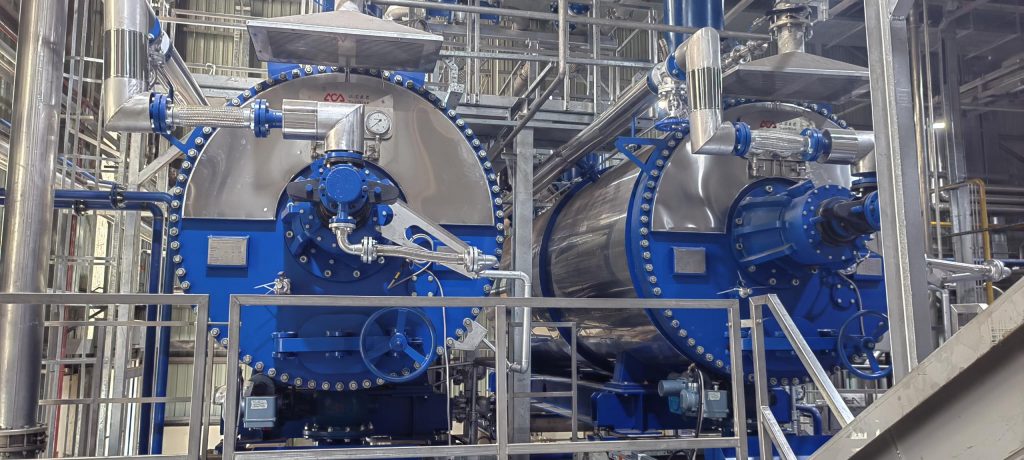
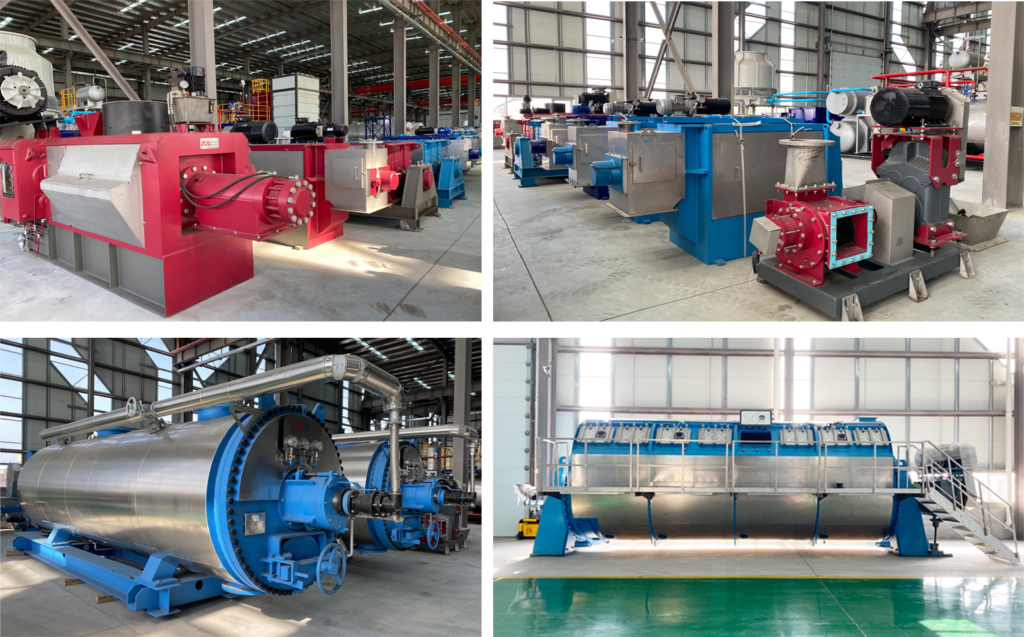
One of ourclient would like to save money, he decides to buy the core equipment including batch cooker, meal cooker, water condensers, water scrubbers from us, but the receiving bin is made by their local blacksmith. Because he thinks it’s not so important and he believe the local blacksmith can do it. However, when we do the commissioning, a lot of feathers stuck inside the receiving bin.The screw conveyors at the bottom of the receiving bin can not push the feathers go to the screw conveyor. After we check the problems. The reason is the angle of the four screw conveyor blade is too small. Another example is there was another rendering machines manufacture trying to copy our design. They made similar batch cooker, cyclone, water condensers, scrubbers and induced fan. But after they installed the project and found the odors was super heavy. A lot of complaints from their neighbour went to the local city hall to report the rendering plant. At last, the owner look for our favor. After our technicians have a detailed check, the problems their odor gas collecting pipeline is too small.The scrubbers and induced fan are too far from the condensers and batch cookers. To control the details best, the practical experience are of the vital. Even the theory is well studied, without good experience and continuous trial, it would be havesome issues. This kind of experience can not be got in short time but needs to be accumulated day by day.
Except the challenge from the odor control, another challenge is there are a lot of islands in Philippines. This leads to the capacity of the poultry dressing plants and rendering plants are not so big. Because the transportation for the feathers from one island to another island is very slow and expensive. The investors prefer to build up a rendering plant at one island to treat all the feathers from that island. For the small rendering plants(the capacity under 5 tons per batch), the first thing the investors think would be ROI and how many years they can get their investment. If the complete odor control system will be built up, the whole project will be at a very high cost, sometimes the price of odor control system is higher the whole production line. For the big capacity rendering plants( capacity above 5 tons per batch), they can produce more daily and get back the investment within 3-5 years, even they put up a rendering plant with a complete odor control system.
In conclusion, The rendering market in Philippines has huge potential. Small and medium-sized poultry waste rendering plants are the mainstream. Odor control will be the biggest challenge.
Categories
Recent Posts
-
Successful Case – Malaysia 50 tons of feathers per day processing project
June 20, 2025 -
Cross-country delivery in progress! Customized production line for Russian customer completed plastic packing, about to set sail!
June 16, 2025 -
From slaughtered chickens to treasure: Sunrise slaughter waste equipment leads the way to high-value utilization
June 11, 2025

